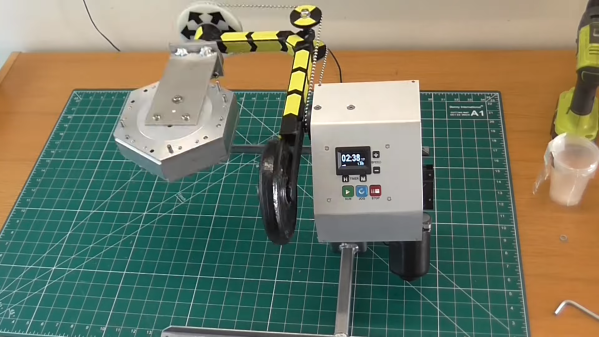If you’ve ever wondered how large, hollow plastic structures like tanks and drums are formed, you’re in luck: [Andy] not only fills us in on the details of rotational casting and molding, but he also built this sweet little rotational casting machine to help him with his DIY projects.
Granted, [Andy]’s build won’t be making anything too large, like a car fuel tank or a kayak. Not only is it sized more for smallish parts, but those structures are generally made with the related process of rotational molding. Both processes use an enclosed multipart mold that’s partially filled with plastic resin, and then rotate the mold around two axes to distribute a thin layer of resin around the inside of the mold. The difference is that roto-molding uses a thermoplastic resin, whereas roto-casting uses resins like polyurethane and silicone that set at room temperature.
The machine looks simple, but only because he took great pains to optimize it. The videos below cover the build in detail — feel free to skip to the 11:38 mark of the second video if you just want to see it in action. Though you’ll be missing some juicy tidbits, like welding a perfect 90° joint in square tubing. There’s also the custom tool [Andy] built to splice the beaded chain he used to drive the spinning of the mold, which was pure genius.
Using the machine and a complex nine-piece mold, [Andy] was able to create remarkably detailed tires for RC cars from polyurethane resin. We’d love to see what else this rig is good for — almost as much as we want to see details on how the mold was made. We’ve seen other rotational casting machines before, but this one takes the cake for fit and finish.
Continue reading “A Rotocasting Machine Sized For The Home Shop”











